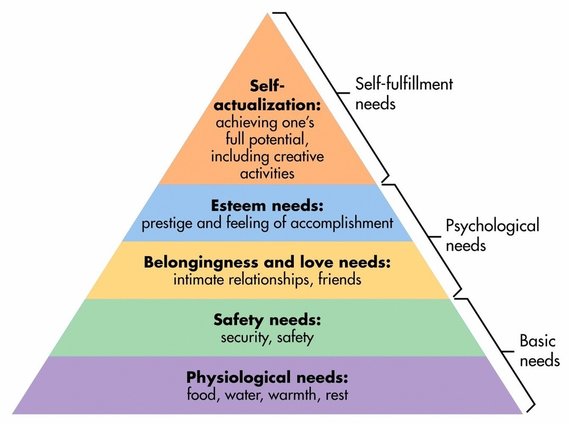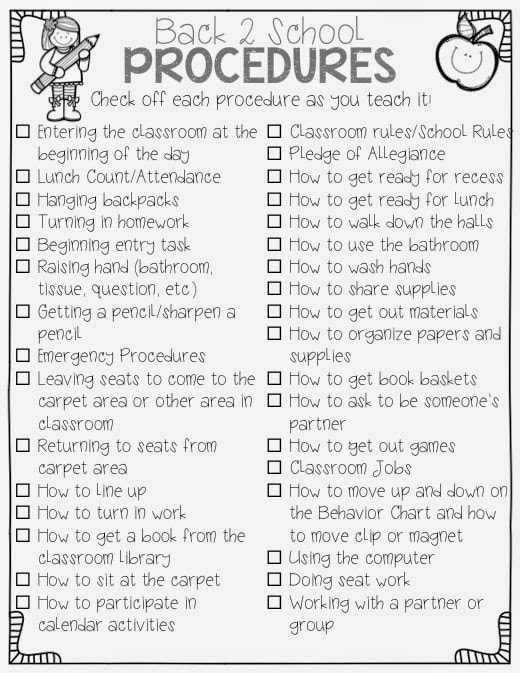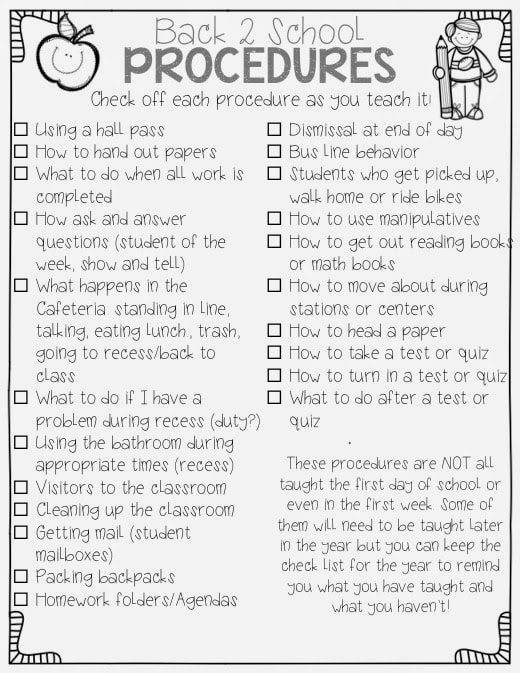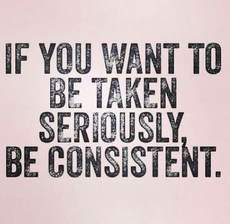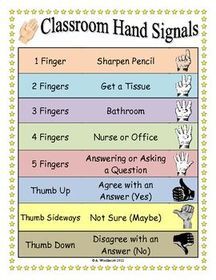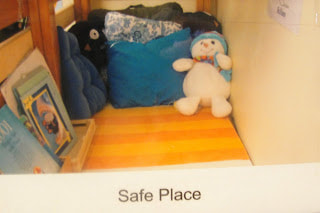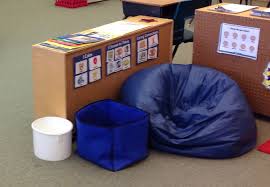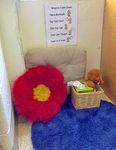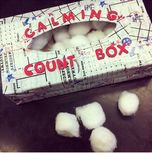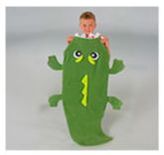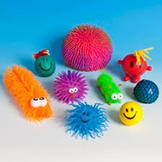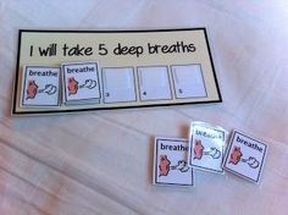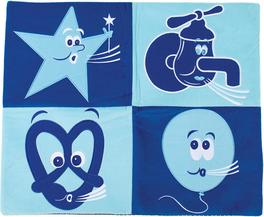|
"The goal of resolving conflict in a relationship is not victory or defeat. It's reaching understanding and letting go of our need to be right. "
"Most people do not listen with the intent to understand; they listen with the intent to reply." "You can't change what's going on around you until you start changing what's going on within you." |
| De-escalation Strategies Presentation |
Prevention Strategies
Basic Needs |
Prior to us expecting students to perform academically demanding tasks, student must have have their basic needs met. Many students coming from poverty, do not have their basic needs met and therefore struggle to engage in the academic rigor within a classroom. Basic needs include food, water, rest, and feeling safe. After these basic needs are met, it is vital that students develop strong relationships with school staff.
|
Classroom Structure |
Routines & Procedures-
Physical Layout-
| ||||
Expectations & Consistency |
Having high expectations and consistent responses to student behavior provides students with a predictable and safe environment. Students feel unsure and unsafe when they have teachers who have expectations one day and different expectations the next. Teachers must determine what their expectations are and provide a consistent response every time to a student's behavior. Teachers who have high expectations are far more likely to have students who are high achievers.
|
Community Building |
Collaborative Learning- By working together on a project or process students are able to make connections with one another. It is important that collaborative learning activities be structured to provide the structure that will facilitate a positive experience for all students.
Morning Meetings- These are excellent way to establish a community within the classroom and can be done at elementary, middle, and high school levels. When facilitated effectively, the teacher is able to teach social emotional skills and help students make connections with their peers. Rituals- Rituals are a way of connecting two or more people in an activity that is done on a regular basis. Use of rituals helps students feel welcome and loved. It also provides predictability to daily activities and allows students the opportunity to move around in their learning environment. - First 15 Minutes Rituals
|
Triggers |
Triggers- Successful teachers are able to identify potential triggers for specific students and know how to address these potential areas of concern. If a teacher knows a student's potential triggers then they are able to prepare the student for an upcoming activities or adapt/modify the activity to ease the student's anxiety.
Signal for Break- It is important that students have an established method for requesting a break. The routine for requesting a break should be practiced when the student is calm. Teachers can use hand signals with students or have a secret method that only the teacher and student know (e.g., student puts a red marker on their desk). Break cards or Cool Down cards can also be used by the student to let the teacher know they need a break.
| ||||
Mindfulness |
The world we live in today is highly stressful and we are finding that students are far busier than they were in the past. Many students come to school stressed due to increased demands from extracurricular activities or experience toxic stress from challenging home situations. Today's classroom has also become a stressful environment due to increased academic demands and the teacher's stress to make sure the class gets through the curriculum. With this increased stress, it is important that teachers incorporate mindfulness strategies into their instructional methodology. Mindfulness at the beginning of the school day can help students de-stress prior to starting the school day and be prepared to deal with potential stress throughout their day.
Mindfulness Websites for Schools: - Mind Yeti - YouTube Videos (Mindfulness for Kids) - MindfulSchools - Mindful.org - MindfulTeachers.org - PositivePsychologyProgram |
Response Strategies
Know the Brain State |
Throughout our day our brain state fluctuates depending on the events of the day and what situations occur. When students become emotionally distressed it is important determine what brain state they are in, and then adjust how to approach the student.
| ||||
Assess Basic Needs |
When students experience a behavior episode, they often exert an immense amount of energy. They are often tired or hungry and may need a short rest time or snack. It is often difficult for school staff to accept that a student should get a snack following a behavioral outburst but if a student's basic needs are not met, they are unlikely to have the ability to perform academically.
|
Coaching |
|
Know Your Triggers & When to Step Out |
There are times when school staff have dealt with a specific behavioral episode for an extended amount of time or over a repeated number of days. When this occurs, staff often become frustrated and may need to trade out spots with another staff member. There are also times when students benefit from having an outside person come in to help them deescalate. Staff should be aware of their own emotional state and how their emotional state is affecting the student's ability to calm.
|
Safe Place |
At the elementary level, each classroom should have a safe place where students can go to calm. Teachers should teach the procedures for using the safe place, and have students practice using it when they are already calm. If students are familiar with the space and know the procedures, they are far more likely to use the space appropriately and when needed. School staff should never punish or speak negatively about a student needing to use the safe space.
|
Calming Items & Noise Reduction |
Typically students need to sit quietly with little or no verbal interaction prior to calming. During this time some students benefit from fidgeting with items to help them calm. Some students also benefit from white noise or calming nature sounds. Adult always seem to think they can get a child to calm down but most of the time it isn't until their is quietness that the student actually completely calms.
|
Breathing |
The act of breathing send signals to the brain that trigger the heart rate to decrease. This is why a key component of Conscious Discipline is teaching students to breath. You must teach breathing exercises when students are calm, with the hope that they will be more likely to use the breathing techniques during times of escalation. It also help to self-talk while you model how to deescalate and use breathing techniques.
|
Self-Care
| My Self-Care Plan |
| Seven Types of Self-Care Ideas |
| List of Self-Care Activities |
| Self-Care Ideas |

